11 Life-Changing High School Note-Taking Tips That Will Make You A Straight-A Student
Here are 11 amazing high school note-taking tips.
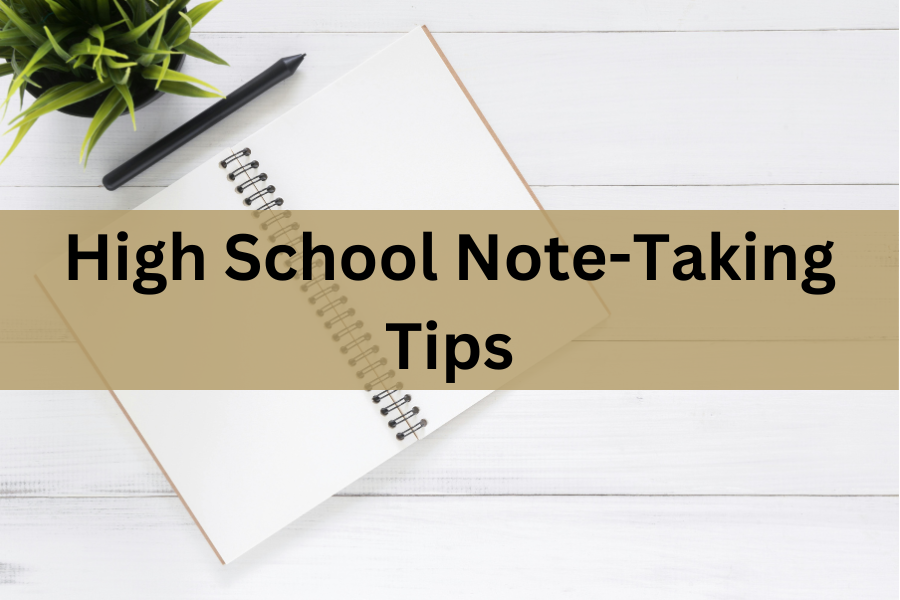
Taking good notes in high school is super important for doing well in your classes. Regardless of if you like handwritten notes or using your laptop, we've got high school note-taking tips to help you take awesome notes and do better in school. Let's jump into the world of high school note-taking tips and find the strategies that work best for you.
Whether you're jotting down stuff from a lecture or summarizing a chapter in your textbook, having good notes can help you understand and remember things better. In this blog post, we're going to talk about different ways to take notes in high school that work for you.
Here's how to organize your notes, make them easy to review, and use them to study for tests and quizzes. These are the best note-taking strategies that fit your style and help you ace your classes.
This post is all about effective high school note-taking tips.
High School Note-Taking Tips
1. Cornell Notes
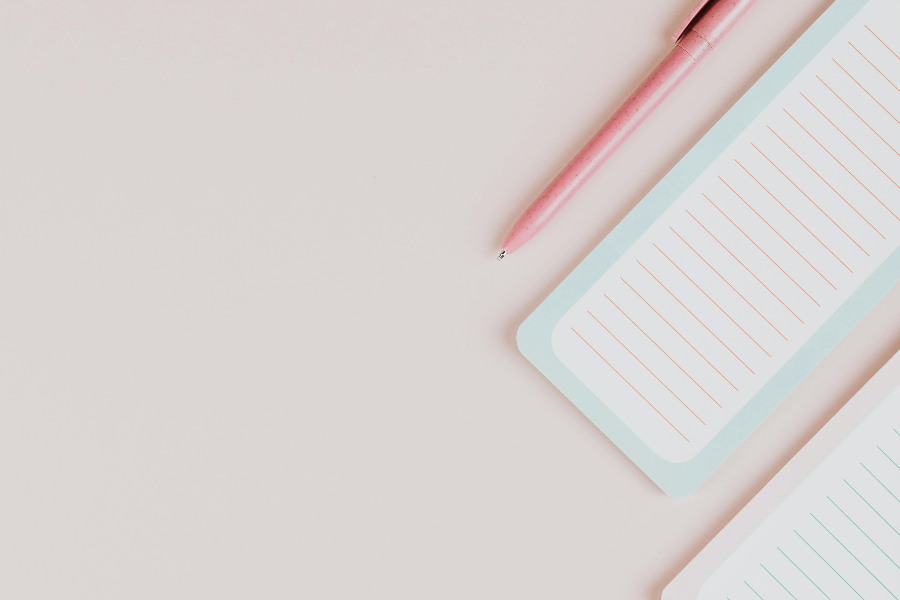
Cornell Notes are an amazing note-taking strategy because they make you stay active during class or reading because you have to summarize and think about the material as you write. Also, when you need to review for a test, the clear layout of Cornell notes makes it quick and easy to go over the important stuff.
How to set up and use Cornell Notes:
- Divide your paper into three sections: a narrow column on the left (about 1/4 of the page), a wide column on the right (about 2/3 of the page), and a section at the bottom for a summary.
- At the top of your page, write the title of the lecture or topic you're taking notes on, along with the date.
- As you listen or read, jot down the main points, key ideas, and important details in the right column. Use bullet points or numbers to organize your notes.
- In the left column, write questions, comments, or summaires that come to mind while taking notes. This column is for clarifications, reflections, or questions you want to ask later.
- After finishing a section or the entire lecture, summarize the main points in the bottom section. This helps reinforce your understanding and retention of the material.
Writing questions and comments makes you think critically about the material and can show you where you might need more help. Ultimately, Cornell notes can save time because they help you capture the key points without writing down everything word for word.
2. Mind Mapping
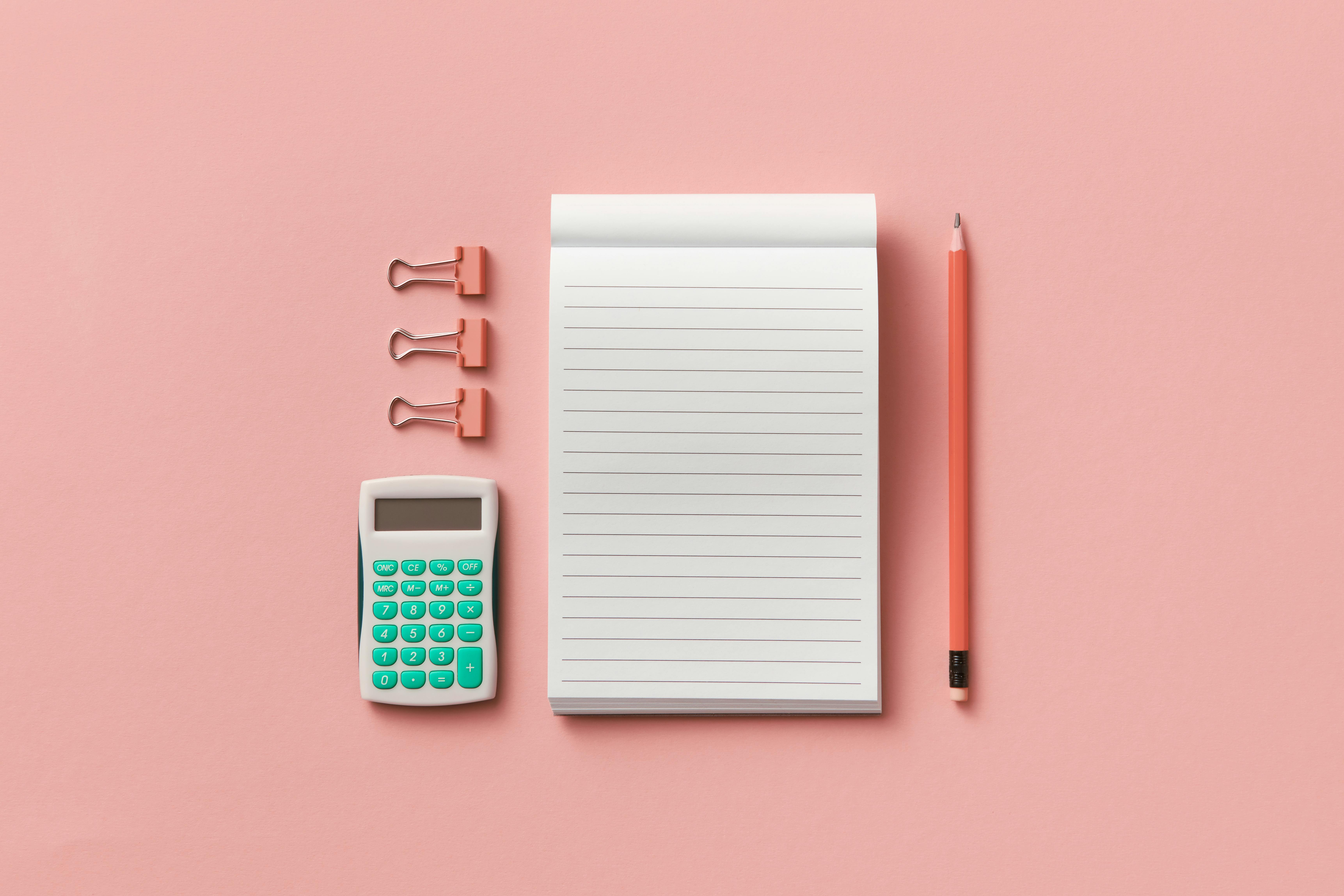
Mind mapping provides a visual representation of information, making complex topics easier to understand and remember. It also encourages creativity by allowing colors, images, and symbols to represent ideas. Also, this creates a deeper understanding and engagement with the material.
Here is how I like to use mind-mapping:
- Write down the main topic or subject you want to map in the center of your page. This could be a lecture topic, a chapter title, or a central theme.
- From there, draw branches outward for key ideas or subtopics related to the main topic. Use lines to connect these branches to the central topic.
- On each branch, you can add more branches or sub-branches for specific details, facts, or examples, if you'd like. But try to keep the information concise and focused. (Instead of full sentences, use keywords or phrases to capture the main points)
- You can use different colors for branches or sections to visually organize and differentiate between ideas. Highlight important or essential information to make it stand out.
- After creating your mind map, review it to ensure all key points are included and make any revisions or additions as needed.
Mind maps are flexible and can be customized based on your learning styles, preferences, and the subjects you're studying. Overall it's an effective tool for organizing information, promoting understanding, and retaining knowledge.
3. Paraphrasing Notes
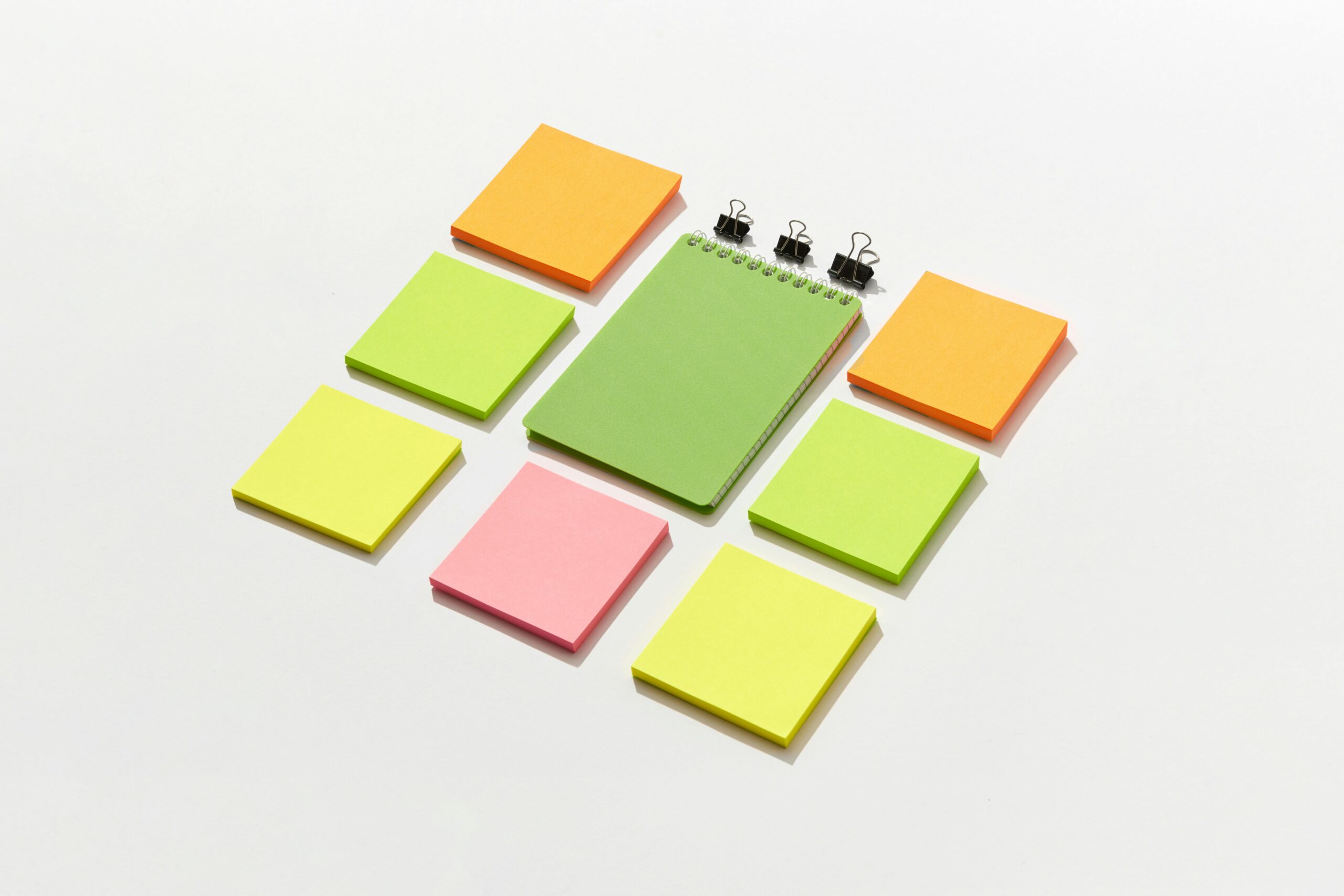
Paraphrasing notes is such an easy but effective study strategy. When you rewrite things in your own words, you really get what they mean. Also, since you're processing the information instead of just copying it, you're more likely to remember it later.
Here's how to start:
- Read and understand the original notes thoroughly before attempting to paraphrase. Make sure you grasp the main ideas and key points.
- Identify the essential concepts and main points from your notes and prioritize them in your paraphrased version.
- Rewrite the information using your own words and sentence structures. This means you should be simplifying things that are more complexly worded. Avoid copying directly from the original text.
- After paraphrasing, review your notes to ensure clarity, coherence, and accuracy. Edit any unclear or confusing parts to improve comprehension.
Now you'll have a more concise and easy-to-read note sheet to study. And, just by making it you've already reviewed all of the concepts at least once. Overall, paraphrasing your notes helps you really understand and remember what you're studying while avoiding plagiarism issues.
4. Notes Outline
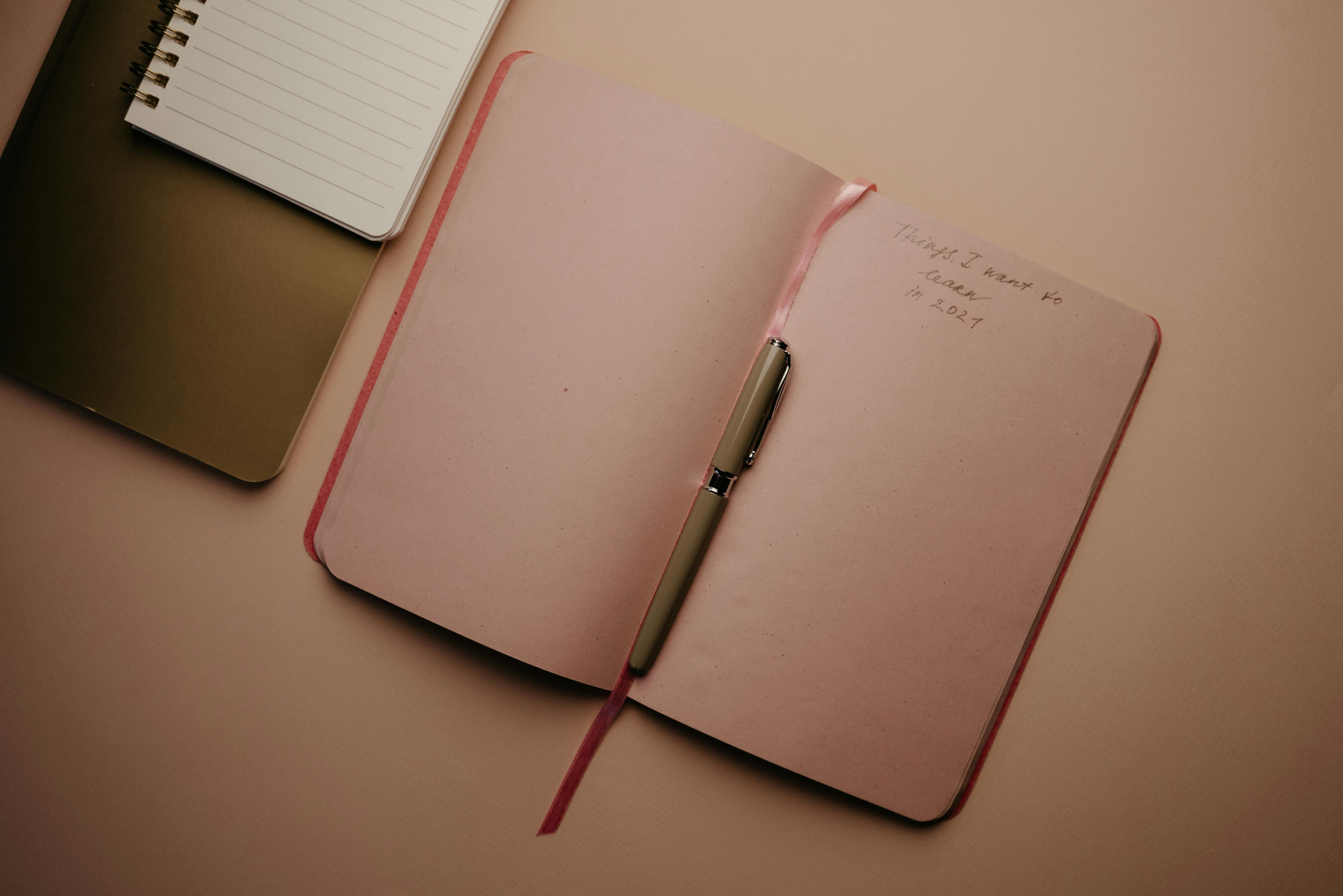
Outlining notes provides a structured framework for organizing information, making it easier to understand and study. It's like a study guide but a lot more simple and concise. It helps clarify complex ideas and keeps the focus on key concepts, making the material more digestible. Also, the visual layout of an outline makes it easier to see relationships between topics and understand the hierarchy of information.
To start your notes outline:
- Identify the main topics or key concepts from your notes. These will be the main sections of your outline.
- Under each main topic, list the subtopics or supporting details that relate to it. Use indentation or numbering to show the hierarchy of information.
- Highlight the most important points within each subtopic to ensure they stand out in your outline.
- Arrange your outline in a logical order that makes sense and flows smoothly from one point to the next.
After you create your outline, review it to ensure all key information is included and organized effectively. Also, make any necessary revisions or additions for clarity and completeness. Overall, notes outlining is a great note taking strategy.
5. Notes Charting

Note charts provide a visual representation of information, making complex concepts and relationships easier to understand and remember. They are also an incredibly versatile way of taking notes. Overall, charts make info visual, which is way easier to understand and remember.
To start:
- Decide on the type of chart that best suits your notes. Common chart formats include flowcharts, timelines, tables, and diagrams.
- Figure out what the main points are, then arrange the information in your chart in a logical and sequential order.
- Add, visual elements such as colors, shapes, icons, and symbols to represent different categories, highlight important points, and make the chart visually engaging.
- Include additional details, explanations, or examples within the chart to provide context and depth to the information presented.
By following these steps, you can create a well-organized and visually appealing chart that enhances your understanding and retention of the material while studying. Ultimately, charting notes makes studying more visual, organized, and easier to remember.
6. Flowcharts
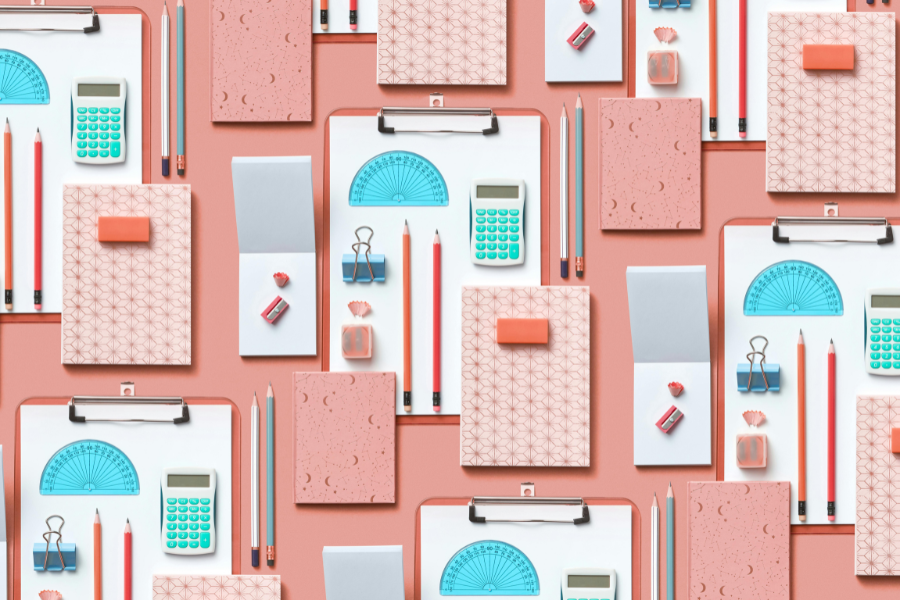
If you're looking for a more detailed explanation of note charting here is an example, using flowcharts. Flowcharts are great because they provide a visual representation of processes, steps, or concepts, making them easier to understand and remember.
Here's how:
- Again, begin by identifying the main idea or topic that you want to represent in your flowchart.
- Use boxes, circles, or diamonds to represent different elements in your flowchart. Use arrows to show the flow of information or relationships between elements.
- Within each box or branch, add details, explanations, examples, or supporting information related to that specific point.
- Use colors to differentiate between different sections or levels of information. Like, red for main ideas, blue for supporting points, yellow for summary, and so on.
You can even consider using digital tools for note charting. There are a ton of online templates that could make it super easy to create flowcharts, or note charts in general.
7. The List Method
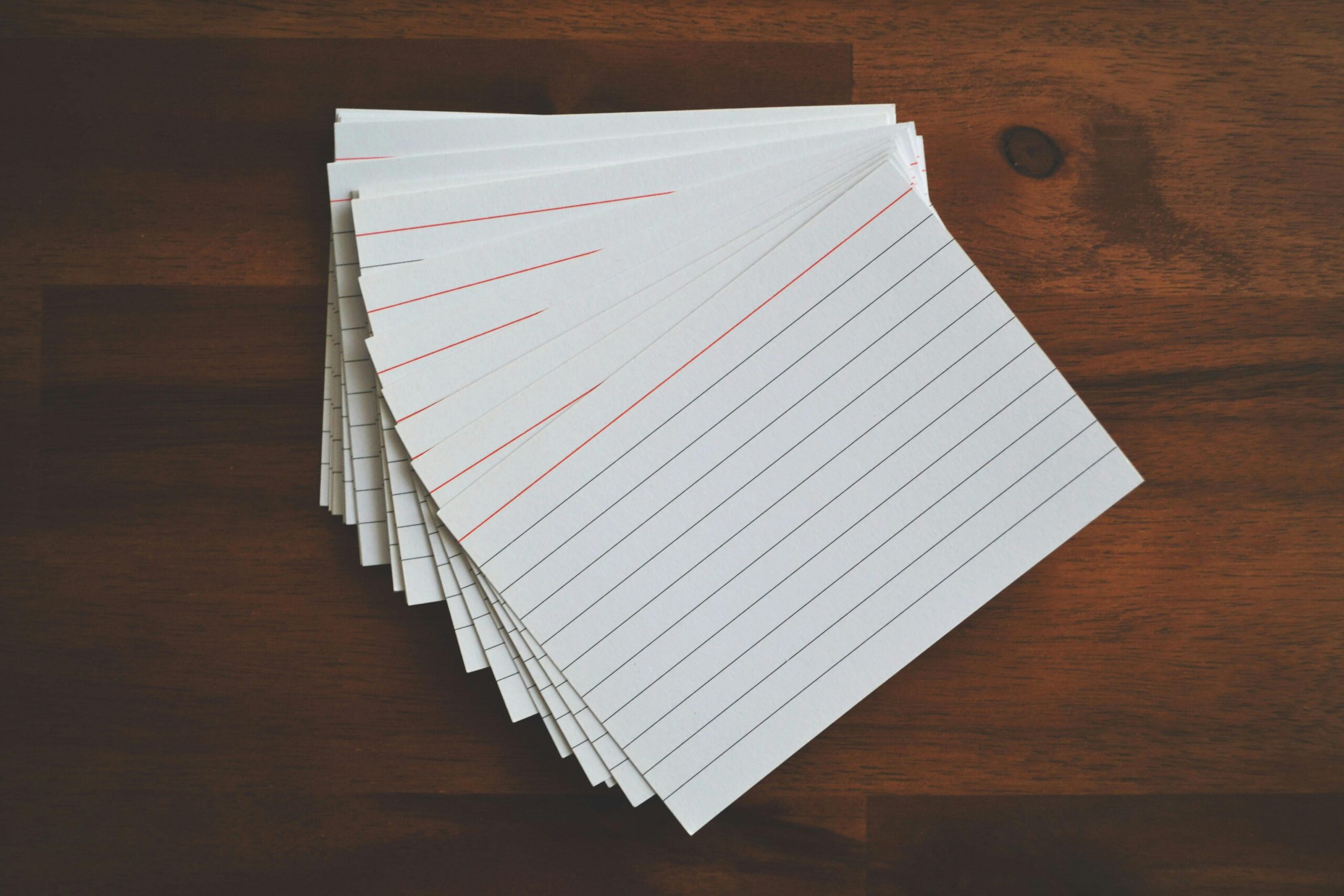
Lists provide a structured format for organizing information, making it easier to break down complex topics into manageable chunks. Also, writing information in list format aids in memory retention, as it reinforces learning through repetition and categorization.
First:
- Start by identifying the key topics or concepts that you need to study. These will be the main categories for your list
- : For each key topic, break down the information into subtopics or smaller components that you need to learn or review.
- Create a list for each key topic, with the subtopics listed underneath. You can use bullet points, numbers, or checkboxes to organize the information.
- Under each subtopic, include additional details, facts, examples, or explanations that you need to remember or understand.
The list method is best for people who would prefer to write more rather than take visual notes with pictures and symbols, like note charting. Also, the straightforward nature of lists makes them easy to review and study, as you can quickly scan through the items and key points.
8. The SQ3R Method

SQ3R stands for Survey, Question, Read, Recite, and Review. And, the SQ3R Method promotes active engagement with the material by encouraging readers to survey, question, read actively, recite, and review. The process of actively reading, recalling, and reviewing information helps improve memory retention and recall. So, by using questioning and recitation, the SQ3R method enhances comprehension and understanding of the material.
Here's a breakdown of how to use the SQ3R Method.
- Start by surveying the material you're going to study. Also, skim through the headings, subheadings, and any visuals or summaries to get an overview of the content.
- Formulate questions based on what you've surveyed. And, think about what you want to learn or understand from the material. Write down these questions as you go along.
- Read the material actively, focusing on answering the questions you've formulated. Also, pay attention to key points, definitions, examples, and any supporting details that help answer your questions.
- After reading each section or chunk of material, try to recall and recite the information in your own words. Answer the questions you've formulated without looking at the text.
Once you've gone through the entire material, review your notes, answers to questions, and any highlighted or annotated sections. Also, you can reinforce your understanding by reviewing the material multiple times. However, the best part is that The SQ3R method can be adapted to different types of materials and subjects, making it a versatile study strategy for various learning contexts.
9. The PQRST Method

The PQRST Method stands for Preview, Question, Read, Summarize, and Test. It also does a great job at keeping you active by making you preview, question, summarize, read, and test yourself. Ultimately, asking questions, summarizing, and self-testing will help you understand the material deeply.
Here are some steps:
- Start by previewing the material you're going to study. Skim through headings, subheadings, and any summaries or key points to get an overview of the content.
- Formulate questions based on the material you've previewed.
- Read the material actively, focusing on answering the questions you've formulated.
- After reading each section or chunk of material, summarize the main points in your own words. Write down key concepts, definitions, and important facts.
- Test your understanding by answering the questions you formulated earlier. Use flashcards, quizzes, or verbal recitation to check your knowledge and recall.
You can use the PQRST method for any subject or type of content, making it versatile and adaptable. Also, it's great for studying because it keeps you engaged, helps you understand and remember, and encourages self-assessment.
10. Audio Recording

I LOVE using audio recording when taking notes. It's super effective to take notes in class and have the audio recordings as a backup for studying later.
This one is pretty simple, so I don't have steps, but you can listen to the audio recordings while taking notes. Pause and rewind as needed to review specific sections or clarify understanding. Also, some audio recording apps or software allow you to adjust the playback speed. Use this feature to listen at a comfortable pace for better comprehension.
Organize your audio recordings by topic or subject to easily locate and review specific content when needed. Overall, audio recordings are a great way to add depth and flexibility to your note-taking routine, making studying more effective and enjoyable.
11. Time-Based Notes

Time-Based Notes is most effective when you are listening to an audio recording or a lecture. They are also helpful if you are recording a class yourself.
Here's how I take time-based notes.
- Write down important ideas, phrases, or keywords. If you have the time you can go into depth in your notes about the keywords.
- If you don't have time: write down the timestamp of the lecture
- Later on you can refer to all of the parts you missed and you have an easy guide on where exactly you should be looking
Time-Based notes are so helpful in classes where a teacher is a fast talker. They are also a gsme-changer when it comes to study ing because if you struggle with a topic it's easy to know exactly where you should go back and review.
This post is all about high school note taking tips.
Related Posts You Might Like: 9 Fantastic Organizational Tools for Students
2 comments
Comments are closed.